Your Call
Which two of today’s 10 very excellent featured images do you think are the strongest? Why? Which is the weakest/most ordinary of the lot? My answers are crystal clean and will be shared with you on the next blog post.
Don’t Just Shoot: Learn
If you are interested in changing your life and becoming a better photographer by joining me on an Extended IPT at Sebastian Inlet for Ospreys and more (SEPT 25 to NOV 24, 2025) or in San Diego for Pacific-race Brown Pelicans and more (JAN 6 to FEB 2, 2026), please e-mail for dates, rates, terms, and additional information. Or, shoot me a text to 863-221-2372. Both offerings include options for shared AirBnB lodging and ground transportation during your stay.
This Just In!
It is 8:44am here in Florida. I just got back from the lakeshore. I am amazed to report that there are now nine very young Sandhill Cranes down by the lake at ILE. Those include a pair of five day old chicks, a pair of eight day old chicks, a pair of three week old chicks, a pair of small colts, and a single large colt. The latter is a bird that I was sure had perished as I did not see it for three full weeks in March.
I am presently available for morning BAA Baby Crane In-the-Field sessions on the following dates: April 13-17, 19-24, & 29-30. The first half of May should be ideal as well. Please e-mail for costs and additional information. Or, shoot me a text to 863-221-2372.
Totally Blessed in Many Ways and Loving Life
With my 79th birthday about five weeks away, I am thrilled to be doing more photography than ever before. Since 25 October 2024 — the day that Bob Eastman arrived, I have missed perhaps five morning photo sessions, and three of those were traveling to and from Homer, AK. My many blessings include the following:
1- Two loving, healthy daughters and their families.
2- Though I have a few of the expected aches and pains, I can still get up and down off the ground without killing myself.
3- I am strong enough to hand hold the 400-800 for extended shooting sessions.
4- I’ve been making many fabulous images on an almost daily basis.
5- I enjoy the image optimization process as much as I do being afield and creating new and exciting photographs. And viewing the final images full screen is the icing on the cake.
6- I have a large number of client/friends and the number of folks joining IPTs continues to increase.
7- I have zero financial worries.
8- I have two Sony a- ii bodies!
9- Great friends like Anita North, Bob Eastman, and too many more to name.
10- Having two great affiliate partners — B&H Photo & Izzy Flamm and Bedfords & Steve Elkins.
11- Some excellent bird photography at Indian Lake Estates when I am home — see This Just In immediately above for more on that topic!
Note: Bob headed back to Wisconsin by truck on 9 February 2025.
What’s Up?
The Family Affair Extended Stick Marsh IPT was a huge success. Though the spoonbill action at Stick Marsh slowed down just a bit, everyone enjoyed a ton of flight action for three consecutive mornings. And best of all, learning was rampant, not only in the field but during our extensive image review sessions at our Vero Lake Estates AirBnB.
Huge thanks to 81-year old multiple IPT veteran and dear friend Carolyn Johnson (CJ) for arranging the trip and allowing me to become part of her extended family for three wonderful days. To show my appreciation, I loaned CJ my 300mm f/2.8 GM lens for our final morning shoot. She fell in love instantly. That last morning session ended with a spectacular fly-in Great Egret that grabbed a long vine before leaving the scene.
We ended our Saturday morning session a bit early as the family, led by CJ, had a 3-hour drive to Crystal Springs, Florida and a 1:15pm reservation to swim with the manatees (Manatee Adventures). Next was a two hour drive back to an Orlando hotel for a short night’s rest. CJ, Marni, and Katie have a 6:00am Sunday morning flight back to California while Cousins Kate and Kim begin their drive back to Virginia.
That afternoon, I got lots of work done on revising the Sony 300mm GM Lens Guide and should be sending out the redone document within a week. Then I drove back to ILE for dinner and a swim and a night’s sleep in my own bed. There are now six crane chicks, the one very shy colt, and at least one tiny Killdeer chick.
Today is Sunday 6 April 2025 and I will be headed down to the lake quite early to see what’s up and about. Whatever you plan on doing, I hope that you too opt to have a wonderful day. Do remember that happiness is a choice — Byron Katie, The Work.Com.
If an item — a Delkin flash card, or a tripod head — for example, that is available from B&H and/or Bedfords, is also available in the BAA Online Store, it would be great, and greatly appreciated, if you would opt to purchase from us. We will match any price. Please remember also to use my B&H affiliate links or to earn 3% cash back at Bedfords by using the BIRDSASART discount code at checkout for your major gear purchases. Doing either often earns you free guides and/or discounts. And always earns my great appreciation.
The Sony 400-800mm G Zoom Lens — Slow, a Bit on the Heavy Side: But With More Spectacular Results!
I’ve been using the new 4-8 more and more at Stick Marsh whenever the sun comes out. Working in Manual mode, I need to be at f/8 to avoid any exposure screw-ups. The high shutter speeds needed for flight and action find me working with ISOs ranging from 1600 to 2500 even in bright conditions. It goes without saying, however, that the relatively low maximum aperture of f/8 is a handicap in cloudy conditions. But the images are the payoff. The last eight of today’s ten images were created with the 4-8 and those include my two top picks.
Huge thanks to Anita North, Larry Master, and Pamela Viale who each used A BAA affiliate link to order their Sony FE 400-800mm f/6.3-8 G OSS lenses. Pam is pairing her 4-8 with her 300mm f/2.8 (plus both TCs); that seems like a perfect marriage to me. Each of them and everyone else who uses either my B&H link or the BIRDSASART discount code at checkout with Bedfords to purchase their 400-800 will receive a free lens guide in approximately three weeks. If you are confused as to using the links, please e-mail for details.
Those who do not use a BAA affiliate link to purchase their 400-800s will be able to purchase the 400-800 lens guide for $101.43.
Supporting My Efforts Here
If you enjoy and learn from the blog, are all set for gear, or live overseas, consider leaving a BAA Blog Thank You Gift here.
If you enjoy and learn from the blog, please consider using one of my affiliate links when purchasing new gear. It will never cost you a single penny. To support my effort here, please order from B&H by beginning your search here. Or, click here, to order from Bedfords and enter the discount code BIRDSASART at checkout to receive 3% cash back to your credit card and enjoy free Second-Day Air Fed-Ex shipping. It is always best to write for advice via e-mail.
Thanking me for the previous 4373 educational blog posts by using one of my two affiliate links could not be any easier and will not cost you one penny. Please shoot me your e-mail receipts for major purchases.
In many cases, I can help you save some serious dollars. And/or prevent you from purchasing the wrong gear from the wrong shop.
|
|
|
This image was created at Merritt Island National Wildlife Refuge on 1 April 2025. Seated in the driver’s seat of my SUV, I leaned over the console and shot out the passenger side window with the door frame supported Sony FE 600mm f/4 GM OSS lens with the Sony FE 1.4x Teleconverter, and the Latest, Greatest Sony Flagship body, the -a-1 ii Mirrorless Camera. ISO 2000. The exposure was determined by Zebras with ISO on the rear wheel: 1/1000 second at f/5.6 (wide open) in Manual mode. RawDigger showed that the exposure was perfect. AWB at 8:34:39am on cloudy morning. Wide/AF-C with Bird-Eye/Face Detection performed perfectly. Click on the image to enjoy the high-res version. Image #1: Green Heron adult on perch |
One Good One
My goal at every photo session is to make one good one, one image that makes me happy. On my recent visit to Black Point Wildlife Drive at Merritt Island NWR, things were not looking good. We were in the perfect spot for sunrise but there were no birds in the pools. On our second trip around, I spotted this lovely Green Heron on a nice perch with a distant green background. I leaned far over the console and rested the lens hood on the passenger side door frame. I squared things up using the in camera level and chose a fast enough shutter speed to overcome my very awkward shooting position. One is way better than none.
|
|
|
This image was created on 2 April 2025 on the second Stick Marsh Extended IPT. Seated on a pillow atop a sturdy milk crate, I used the hand held Sony FE 300mm f/2.8 GM OSS Lens (Sony E) and The Latest Greatest Sony Flagship Body, the a1 II Mirrorless Camera. Exposure determined via Zebras with ISO on the Thumb Wheel. ISO 800: 1/4000 sec. at f/2.8 (wide open) in Manual mode. RawDigger showed that the exposure was dead solid perfect: AWB at 7:44:56am just as the sun was breaking through the distant fog bank. Wide/AF-C with Bird Eye/Face Detection enabled performed perfectly. Image #2: Roseate Spoonbill dropping twig in flight |
Looking for Different I
With today’s amazing mirrorless camera bodies and lightweight intermediate telephoto and telephoto zoom lenses, even spectacular incoming flight shots of the spoonbills at Stick Marsh are becoming borderline blasé. I learned on my recent extended visit that when the birds take flight with nesting material — almost always away from us as they head for one of the two rookery islands to the northwest, they will occasionally drop the twig or vine they were carrying. As above, this can lead to some unusual and exciting poses. It pays therefore, to be aggressive when shooting the take-offs as you never know what to expect. I fanned on more than a few birds that dropped the nesting material and immediately made a U-turn and returned to land again.
|
|
|
This image was created on 2 April 2025 on an Extended Stick Marsh IPT at Fellsmere, FL. Seated on a sturdy plastic milk crate topped with an old pillow, I used the hand held Sony FE 400-800mm f/6.3-8 G OSS lens (Sony E) (at 800mm) and The Latest Greatest Sony Flagship Body, the a1 II Mirrorless Camera. The exposure was determined by Zebras with ISO on the rear wheel. ISO 2500: 1/3200 second at f/8 (wide open) in Manual mode. RawDigger showed that the exposure was dead solid perfect. AWB at 7:58:34am on sunny morning. Wide/AF-C with Bird-Eye/Face Detection performed perfectly. Click on the image to enjoy the larger, inexplicably sharper high-res version. Image #3: Wood Stork with nesting material |
A First and a Beauty
I had never seen a Wood Stork fly into the spit next to the airboat ramp to gather nesting material. Until last Wednesday. If I had had the 300mm lens in my hands, I would have gotten some great incoming flight shots of the bird braking to land. But with the big zoom, I had some great opportunities for head shots as the bird adjusted its grip on the leafed branch.
|
|
|
This image was created on 2 April 2025 on an Extended Stick Marsh IPT at Fellsmere, FL. Seated on a sturdy plastic milk crate topped with an old pillow, I used the hand held Sony FE 400-800mm f/6.3-8 G OSS lens (Sony E) (at 400mm) and The Latest Greatest Sony Flagship Body, the a1 II Mirrorless Camera. The exposure was determined by Zebras with ISO on the rear wheel. ISO 2500: 1/4000 second at f/8 (wide open) in Manual mode. RawDigger showed that the exposure was dead solid perfect. AWB at 8:09:07am on sunny morning. Wide/AF-C with Bird-Eye/Face Detection performed perfectly. Click on the image to enjoy the larger, inexplicably sharper high-res version. Image #4: Roseate Spoonbill in flight with nesting material/body crop |
Looking for Different II
Even zoomed out to 400mm, the 400-800 was way too much lens for the take-off shot. As a result, I chopped off the poor bird’s head. I could not, however, resist the urge to find a crop that would showcase both the bird’s bright, copper-orange tail and the dried vegetation that it had collected for its nest.
|
|
|
This image was created on 3 April 2025 on an Extended Stick Marsh IPT at Fellsmere, FL. Seated on a sturdy plastic milk crate topped with an old pillow, I used the hand held Sony FE 400-800mm f/6.3-8 G OSS lens (Sony E) (at 800mm) and The Latest Greatest Sony Flagship Body, the a1 II Mirrorless Camera. The exposure was determined by Zebras with ISO on the rear wheel. ISO 1600: 1/4000 second at f/8 (wide open) in Manual mode. RawDigger showed that the exposure was perfect. AWB at 8:37:28am on sunny morning. Wide/AF-C with Bird-Eye/Face Detection performed perfectly. Click on the image to enjoy the larger, inexplicably sharper high-res version. Image #5: Roseate Spoonbill incoming flight/vertical original! |
Not for the Faint of Heart
Shooting vertical original flight shots with lenses as light as the 70-200mm f/2.8s is difficult enough. With the 5.45 pound 400-800, creating vertical originals is a huge challenge. A vertical grip would help, but I opt not to use one to save weight. The lens, however, is just light enough and manageable enough so that I had some really good chances late each morning.
Note: most vertical flight images are created from horizontal originals.
|
|
|
This image was created on 3 April 2025 on an Extended Stick Marsh IPT at Fellsmere, FL. Seated on a sturdy plastic milk crate topped with an old pillow, I used the hand held Sony FE 400-800mm f/6.3-8 G OSS lens (Sony E) (at 493mm) and The Latest Greatest Sony Flagship Body, the a1 II Mirrorless Camera. The exposure was determined by Zebras with ISO on the rear wheel. ISO 1250: 1/1600 second at f/8 (wide open) in Manual mode. RawDigger showed that the exposure was dead solid perfect. AWB at 9:08:34am on sunny morning. Wide/AF-C with Bird-Eye/Face Detection performed perfectly. Click on the image to enjoy the larger, inexplicably sharper high-res version. Image #6: Boat-tailed Grackle male ruffling |
A Tough Exposure
I knew that I needed to add lots of light to reveal detail in the grackle’s dark iridescent feathers. The images that I made with lots of Zebras on the rock perch all went in the trash as the highlights were not recoverable. Those that I made with some Zebras on the rock perch were perfect. Teed up on the “pointy rock” this bird put on quite a show for several minutes.
|
|
|
This image was created on 4 April 2025 on an Extended Stick Marsh IPT at Fellsmere, FL. Seated on a sturdy plastic milk crate topped with an old pillow, I used the hand held Sony FE 400-800mm f/6.3-8 G OSS lens (Sony E) (at 450mm) and The Latest Greatest Sony Flagship Body, the a1 II Mirrorless Camera. The exposure was determined by Zebras with ISO on the rear wheel. ISO 2500: 1/3200 second at f/8 (wide open) in Manual mode. RawDigger showed that the exposure was dead solid perfect. AWB at 7:50:47 am on sunny morning. Wide/AF-C with Bird-Eye/Face Detection performed perfectly. Click on the image to enjoy the larger, inexplicably sharper high-res version. Image #7: Roseate Spoonbill in flowers |
Kudos to Anita North
We arrived at Fellsmere on 25 March on a rainy afternoon. Anita and Vasili Chernishof headed right to Stick Marsh for an exploratory visit. For the past few years, there was an expanse of black plastic mesh along the edge of the bank that ruined most images of birds on the ground. Anita attacked the mesh with a pair of very sharp clippers and after more than an hour of hard work, had eliminated all visible traces of it. More recently, she put on her waders and went into the water in the predawn with a rake and a pair of clippers. Covered by biting mosquitos, she cleaned up the background right behind the stand of flowers in Image #7. If you have been recently and made some nice images of spoonbills on the ground, you owe her a big thank you. Thus, I say, Thanks a stack, Anita.
|
|
|
This image was created on 4 April 2025 on an Extended Stick Marsh IPT at Fellsmere, FL. Seated on a sturdy plastic milk crate topped with an old pillow, I used the hand held Sony FE 400-800mm f/6.3-8 G OSS lens (Sony E) (at 800mm) and The Latest Greatest Sony Flagship Body, the a1 II Mirrorless Camera. The exposure was determined by Zebras with ISO on the rear wheel. ISO 2500: 1/3200 second at f/8 (wide open) in Manual mode. RawDigger showed that the exposure was dead solid perfect. AWB at 7:51:13am on sunny morning. Wide/AF-C with Bird-Eye/Face Detection performed perfectly. Click on the image to enjoy the larger, inexplicably sharper high-res version. Image #8: Roseate Spoonbill head and neck flight portrait! |
Flight Head Shots with the 400-800
I’ve tried images like this with the tripod mounted 600mm f/4, the 1.4X TC, and the a-1. I’ve made a few decent ones. But none nearly as good as Image #8. I struggle a bit with the framing of these tight shots with 400-800 at 800mm with the a-1 ii, but when I am able to get the bird’s head in the middle of the frame the AF performance is astounding.
|
|
|
This is an unsharpened 100% crop of Image #8. Image #8A: Roseate Spoonbill head and neck flight portrait! |
How Sharp are Sony G Lenses?
I am often asked how much sharper the Sony GM lenses like the 600mm f/4, the 400mm f/2.8, and the 300mm f/2.8 are than the far less expensive G lenses like the 200-600 and the 400-800. My answer: they are not any sharper.
|
|
|
This image was created on 4 April 2025 on an Extended Stick Marsh IPT at Fellsmere, FL. Standing at full height at The Point, I used the hand held Sony FE 400-800mm f/6.3-8 G OSS lens (Sony E) (at 750mm) and The Latest Greatest Sony Flagship Body, the a1 II Mirrorless Camera. The exposure was determined by Zebras with ISO on the rear wheel. ISO 1600: 1/4000 second at f/9 (stopped down 1/3-stop) in Manual mode. RawDigger showed that the exposure was dead solid perfect. AWB at 8:42:22am on sunny morning. Wide/AF-C with Bird-Eye/Face Detection performed perfectly. Click on the image to enjoy the larger, inexplicably sharper high-res version. Image #9: Great Blue Heron head portrait with crest blowing |
Patience and Persistence Pay Off
With extreme care, I was able to approach this Great Blue Heron to within about 10 yards, more than close enough for some head shots. The problem was that the bird was looking slightly away from me for more than ten minutes. I made all kinds of squeaking noises in an attempt to have the bird turn its head toward me, but nothing worked. And the 400-800 is not a lens that you want to hold aloft for any length of time without a tripod or a monopod. Anyhoo, as another photographer came up behind me the bird finally gave me a decent head turn. The blowing crest is a plus.
|
|
|
This image was created on 5 April 2025 on an Extended Stick Marsh IPT at Fellsmere, FL. Standing at full height, I used the hand held Sony FE 400-800mm f/6.3-8 G OSS lens (Sony E) (at 800mm) and The Latest Greatest Sony Flagship Body, the a1 II Mirrorless Camera. The exposure was determined by Zebras with ISO on the rear wheel. ISO 1250: 1/5000 second at f/8 (wide open) in Manual mode. RawDigger showed that the exposure was dead solid perfect. AWB at 8:25:07am on sunny morning. Wide/AF-C with Bird-Eye/Face Detection performed perfectly. Click on the image to enjoy the larger, inexplicably sharper high-res version. Image #10: Great Egret wrestling with vine for nest |
Another Rare Airboat Ramp Visitor
Though there are at least a dozen pairs of Great Egrets building nests at Stick Marsh, they only rarely come to the airboat ramp. As with Image #3, the Wood Stork head shot, I had way too much lens in my hands as this handsome bird flew in. But the 400-800, again at 800mm, opened up some unique opportunities. In any case, I made the most of the situation.
Typos
With all blog posts, feel free to e-mail or to leave a comment regarding any typos or errors.

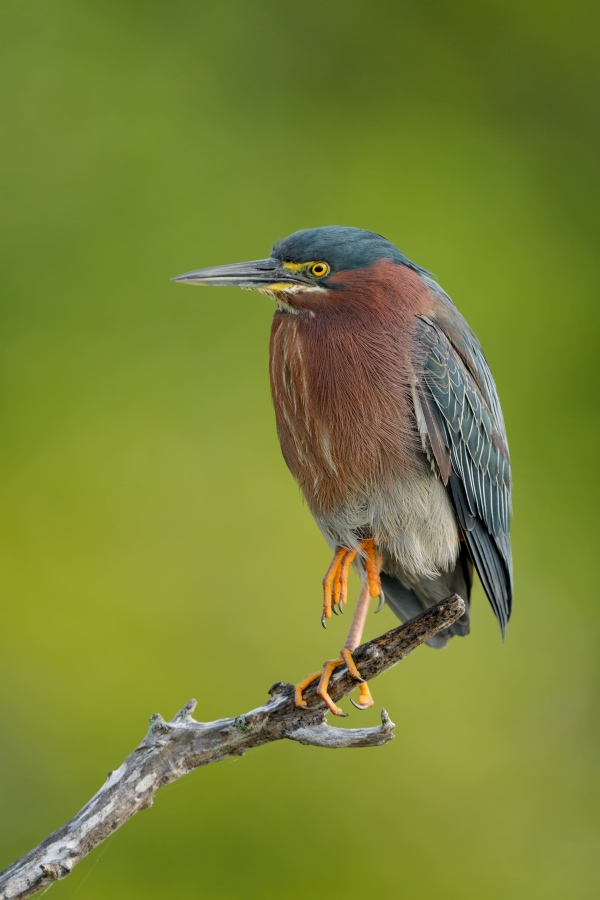

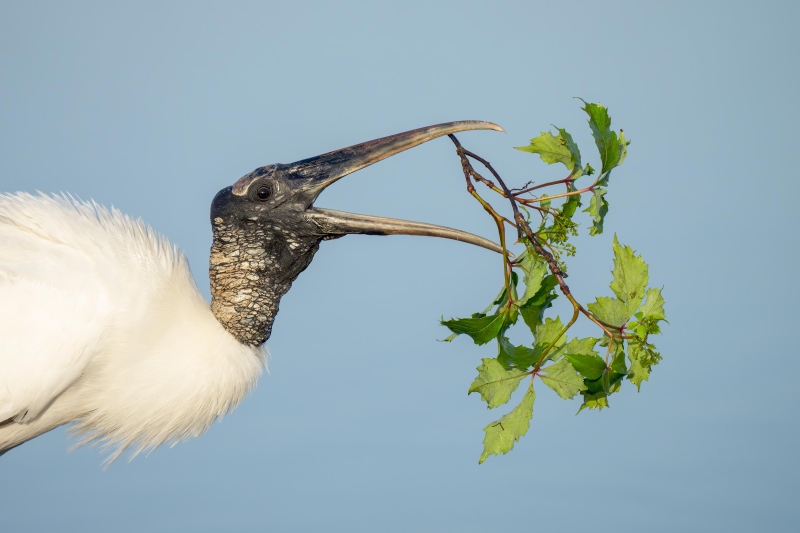
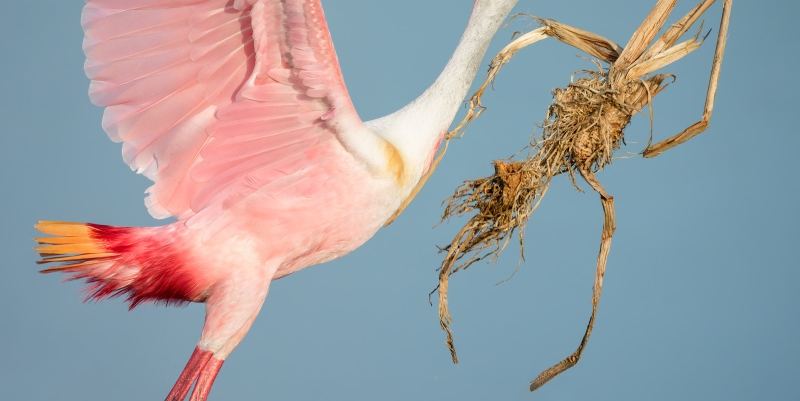
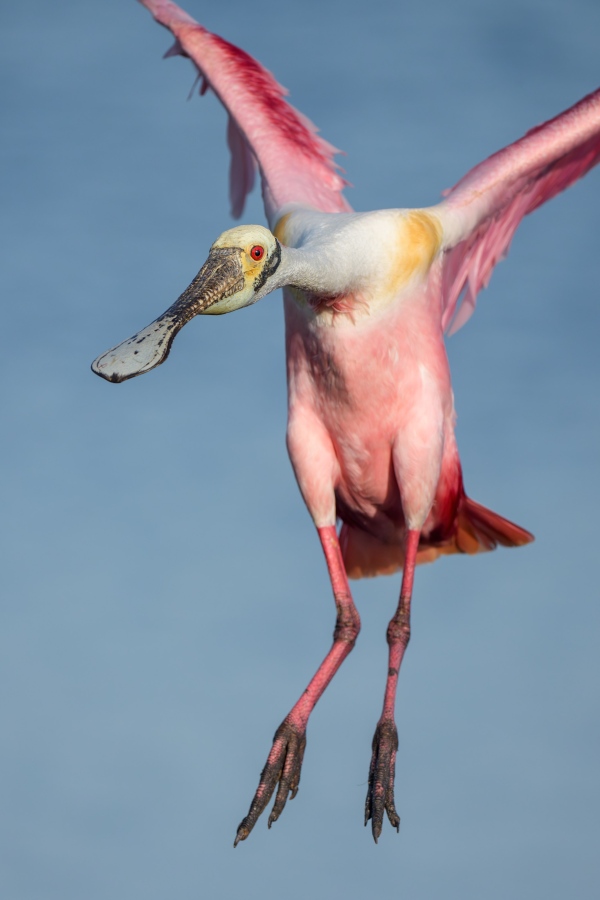
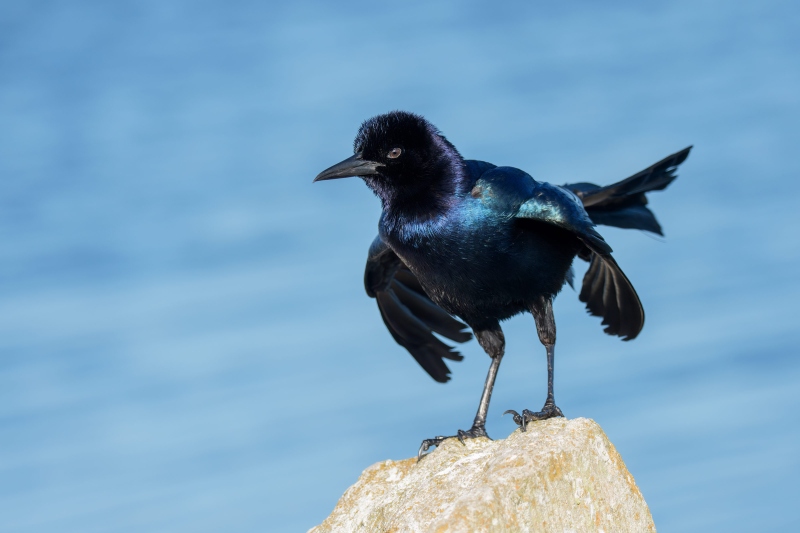

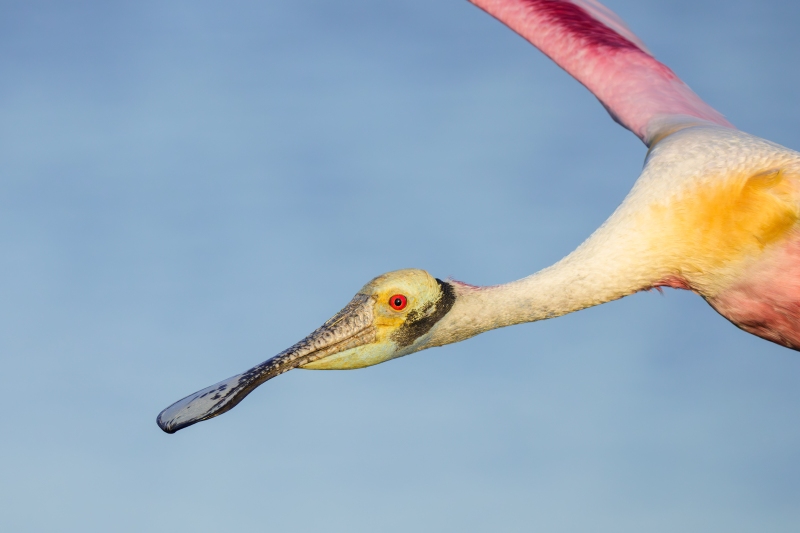
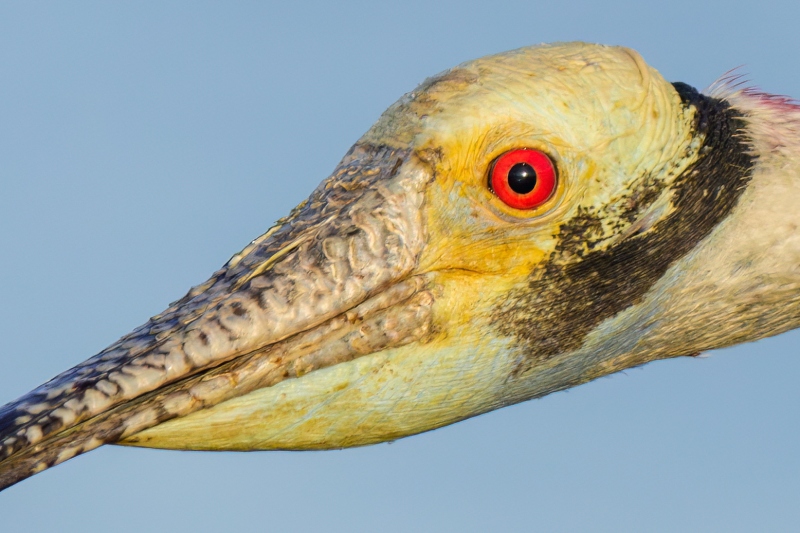
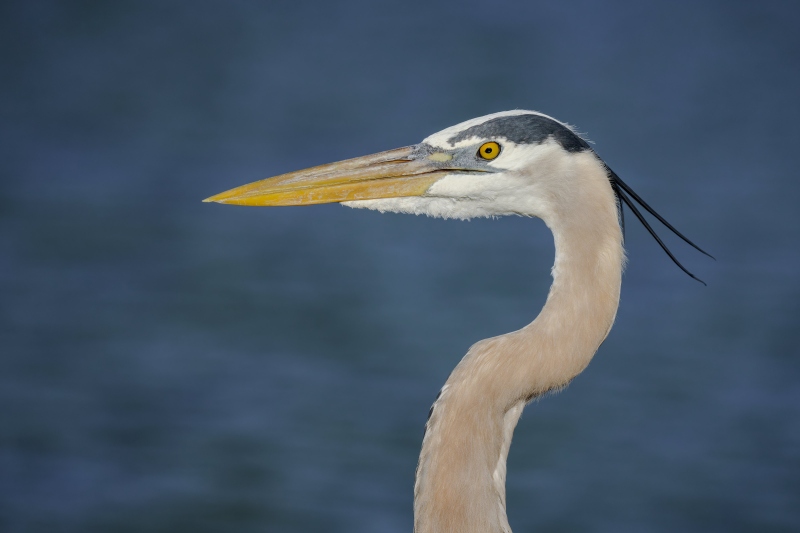







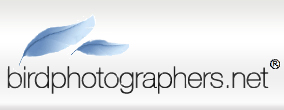


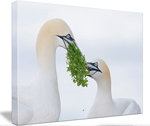



Strongest: #3 (the Wood Stork closeup with nesting material) and #8 (the Spoonbill flight closeup). Conservative, maybe, but beautiful, while still new and different. Most ordinary: #9, the Great Blue closeup.
You must be a pretty smart guy 🙂
with love, artie
1,2 and 3 are the strongest. 8 & 8A are the weakest in my opinion.
Different strokes. #8 is my clear favorite.
with love, artie
Agree with Tom
#10 is gorgeous
Framing is perfection
I love that the sky is not solidly blue- the foggy clouds give this an ethereal look
The white wings –
This could be on a card!
Way to go AM!!
Thanks, Kerry! That one is my second pick.
with love, a
Love it!
Images #7 and #10 are my favorites, with #10 coming in first. Number 7 for the straight on look with both eyes, nice composition, low, level perspective and clean background. That said, there is something about #10 with its complimentary colors of the white regret, blue water BG and touch of greenery that keeps me coming back to it despite, the sublect not being whole. The wings up and nice head angle pose helps make #10 my first choice.
Thanks a stack, Tom. I am not hating #10 🙂
with love, artie
I failed to also mention the green foliage complimenting the green lores. The image just has a sense of elegance. Well done.
Thanks again, Tom. I love it also but it is not my favorite.
with love, artie
Artie however hard not to love them all but here goes.
My Favorite of all is #7 however off sun angle by a smidge had you moved a tad to the left or is it right it would have been perfect 🙂 lol still 7 Rocks !!!
#2 is really Sweet as one looks like how the heck is that and I like it!
#1 love the simple perched heron and the BG is nice nice.
#6 love the boat-tailed as it is really hard to get amazing pictures of them and this one is sweet.
#4 love the no head no feet look and just the body and veggies that make a pop.
#10 is also sweet and the greens against the white is killer. I would have loved to see it zoomed out to see what the whole egret would have looked like….next time ok.
I love the GBH and to me is the weakest link here although a nice head portrait.
Anita is sure a Keeper doing all her work in trimmings etc. Kinda like San Diego climbing over the fence and knocking down some of the dead stuff. 🙂 and to be with her on your #9 is an honor!!
Always with love b
Thanks Mr. Bobman.
With #7, all I needed to do was to lean two inches to my left :-). With # 10, zooming out to 400mm would not have helped 🙁
Much love as always, a
1, 5, 7, and 10 are my favorites. I agree with Anthony that #4 is a delete for me. #9 is very nice too but points off because GBHs are such easy targets. I don’t know if that’s fair, but it’s my rating.
I like your 11 or 12 blessings. I share most of them (and I am older than you) except that the current stock-market turmoil does make me worry about my finances a bit.
Thanks Dr. Fish. Good to know that we are both similarly blessed :-).
with love, artie
#7 is the best IMO. #10 to pick a second best. #3 third best. You want the worst? I think that’s #4
#7 just shines with the subject square looking at the camera with the white and yellow of the surrounding flowers. #10 and #3 for the nesting material. While not really unique, it offers action in a portrait type tight shot.
#4 ? No head, no feet, delete!
Thanks, Anthony. Glad that you liked the flowers. As for #4, two other blessings that I enjoy but failed to mention are my creativity and my willingness to take chances by creating new and different stuff.
much love, a
Can’t argue with that. Keep taking chances my friend!